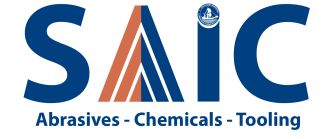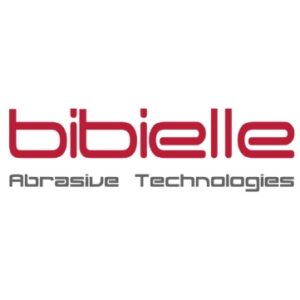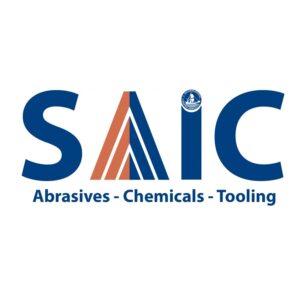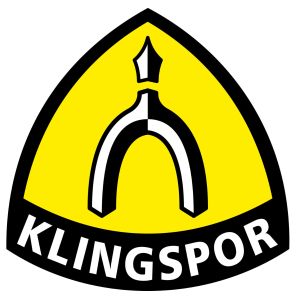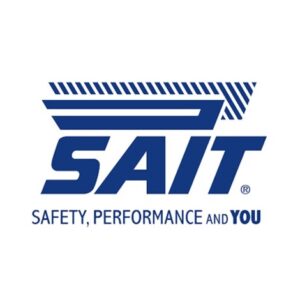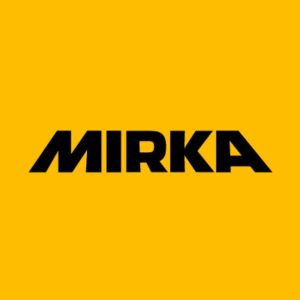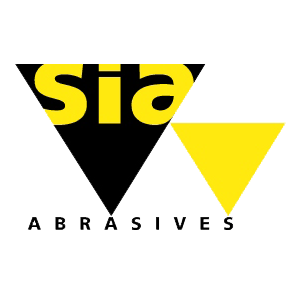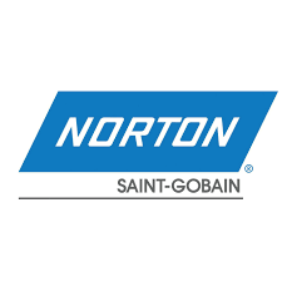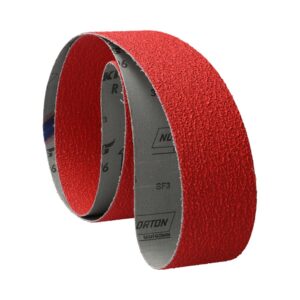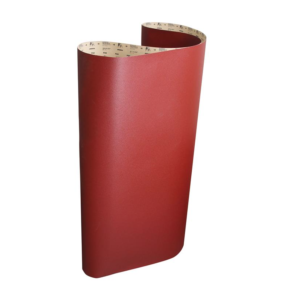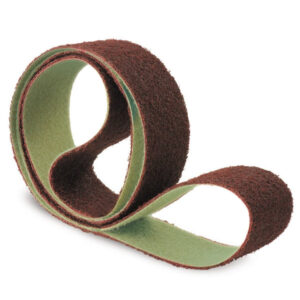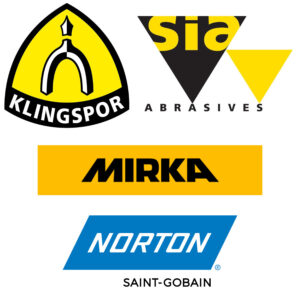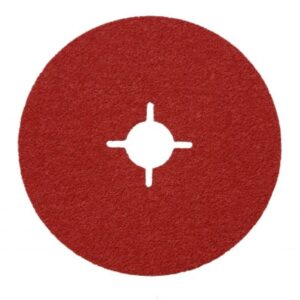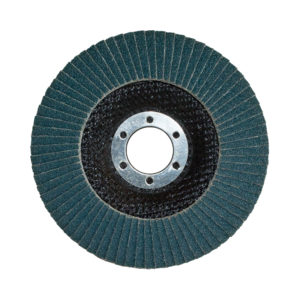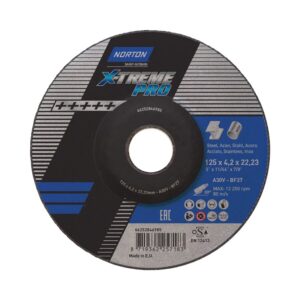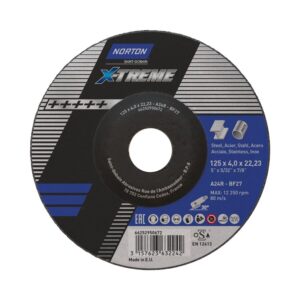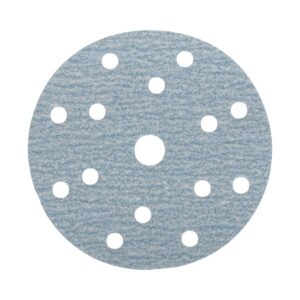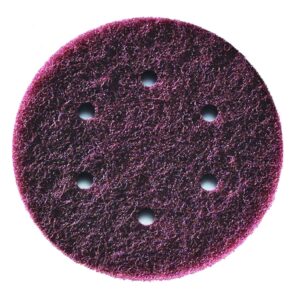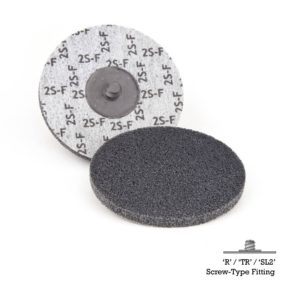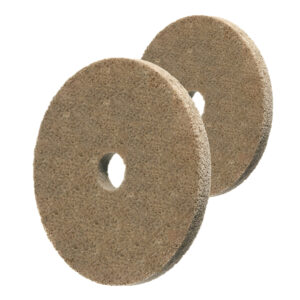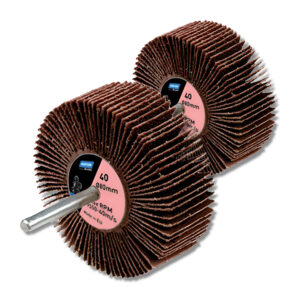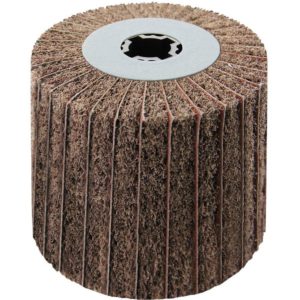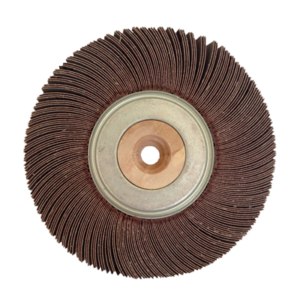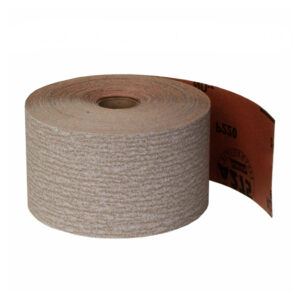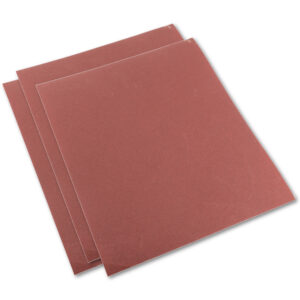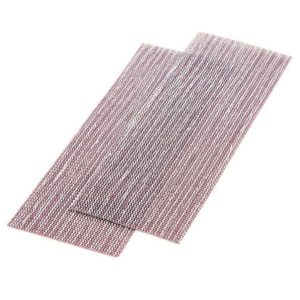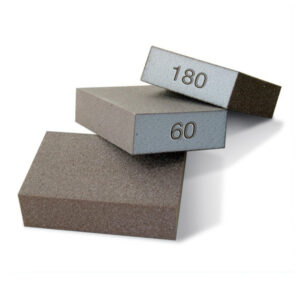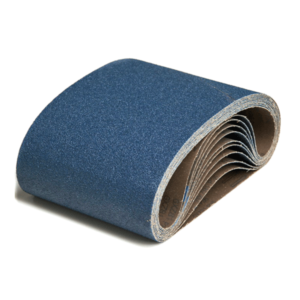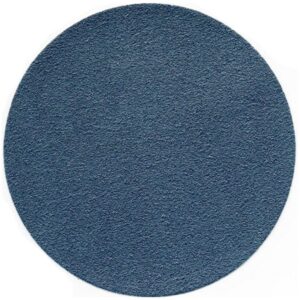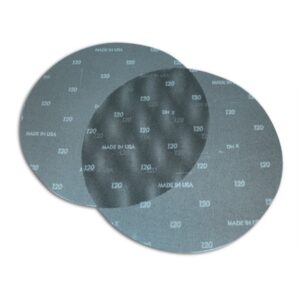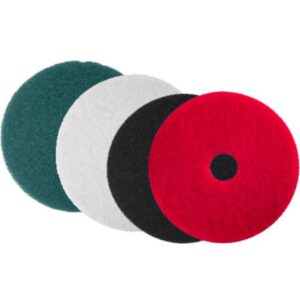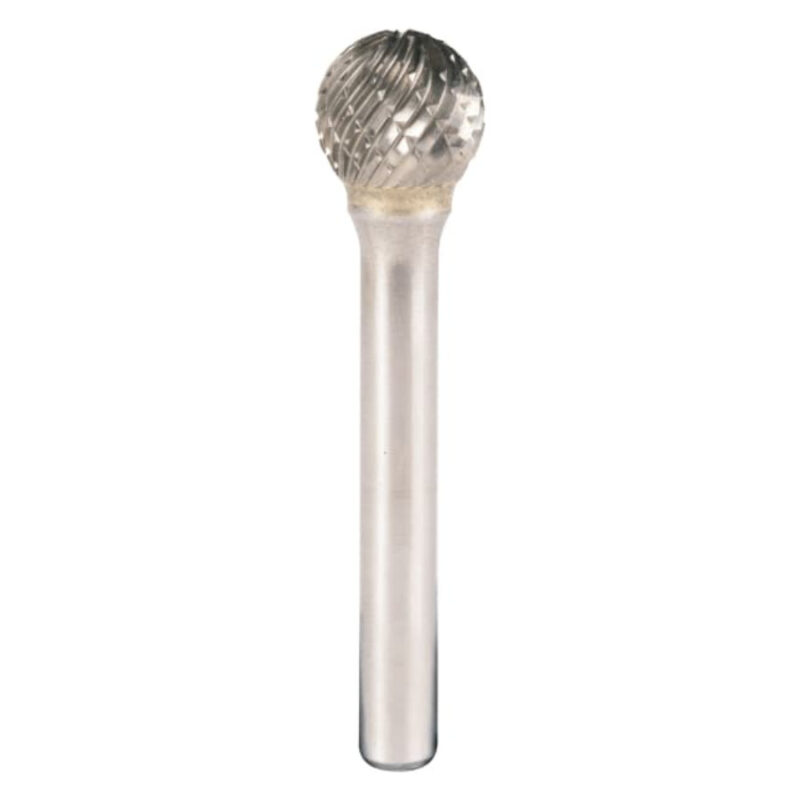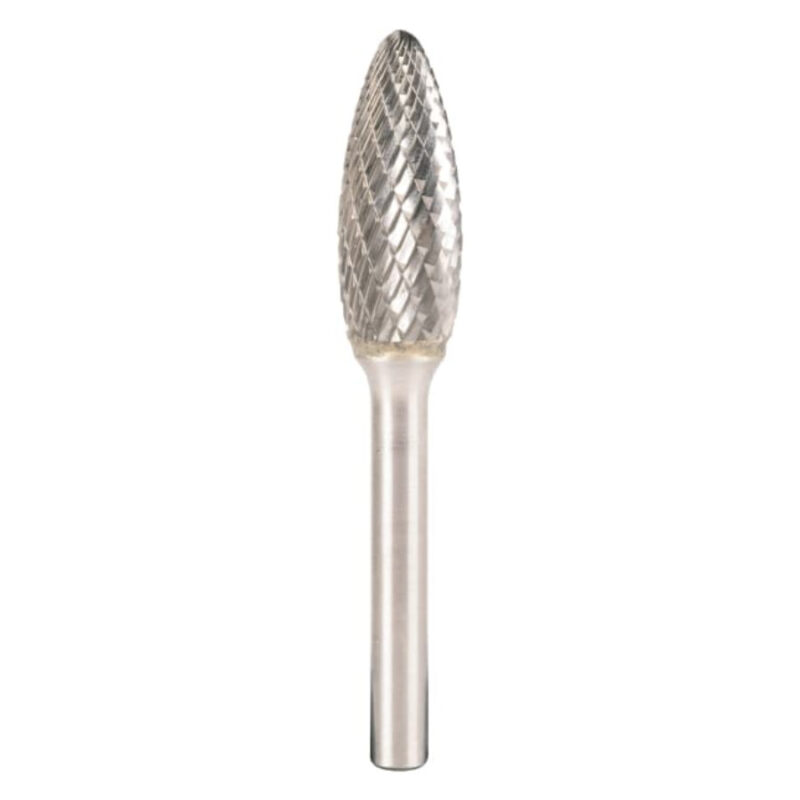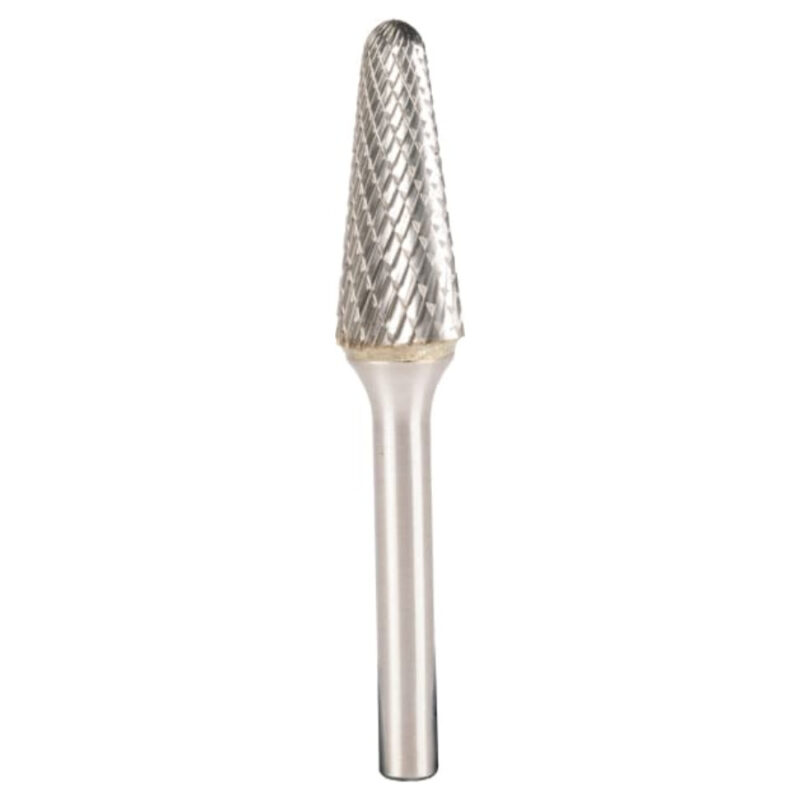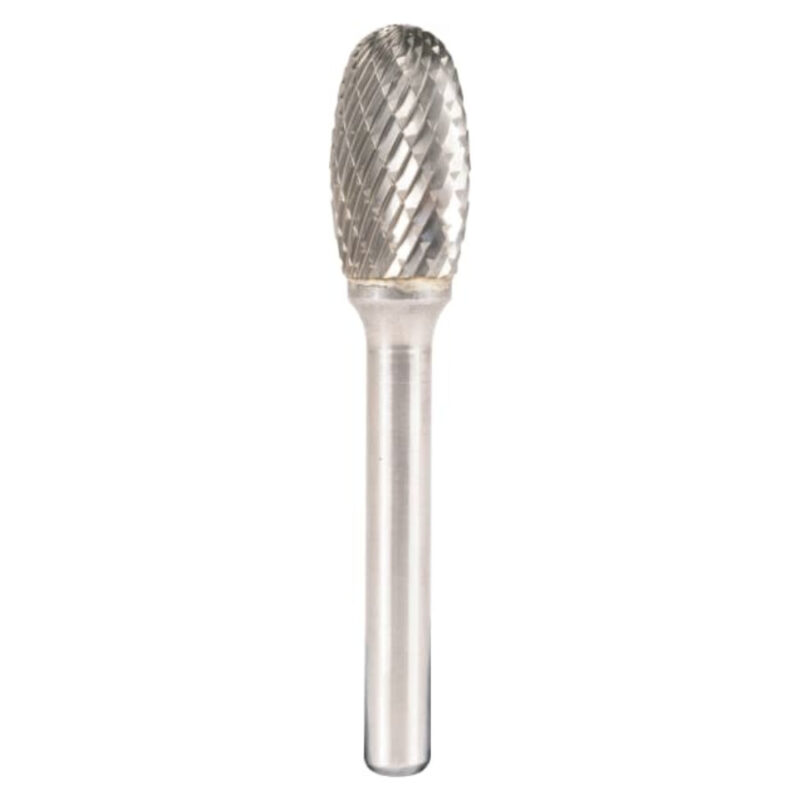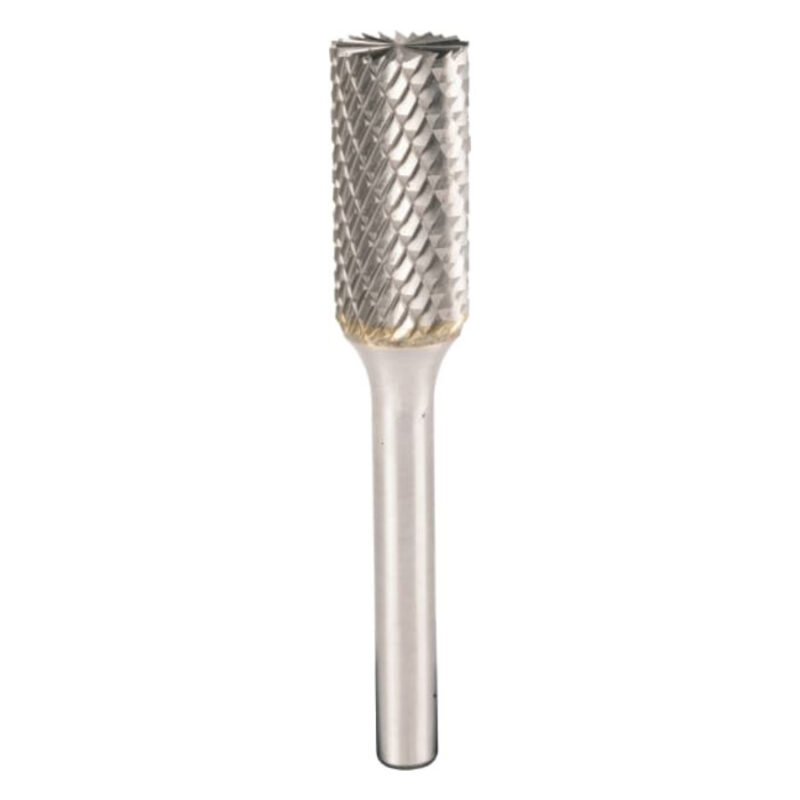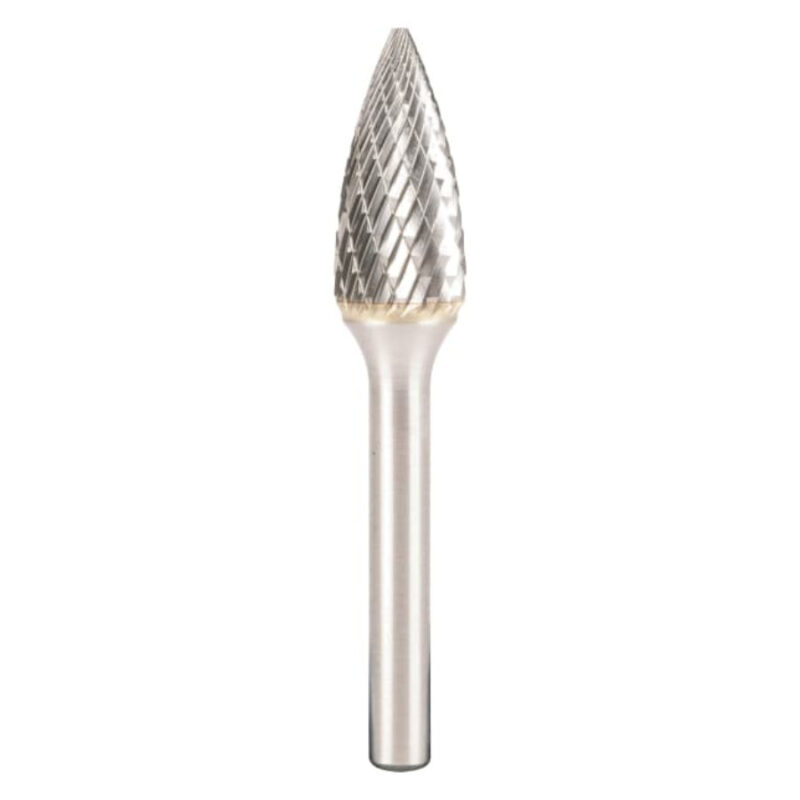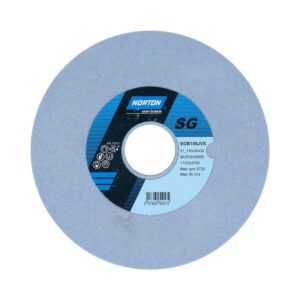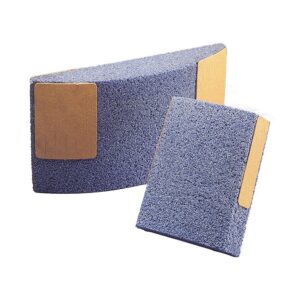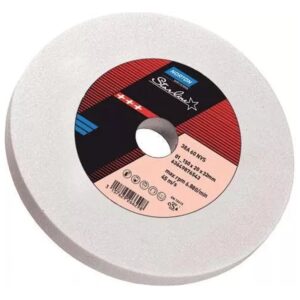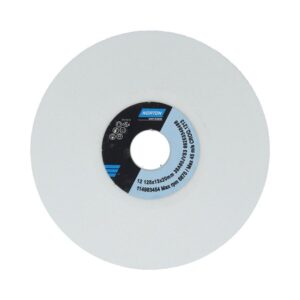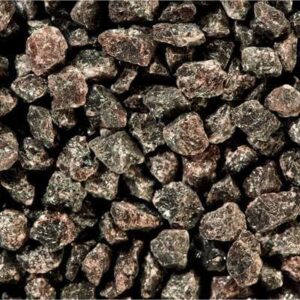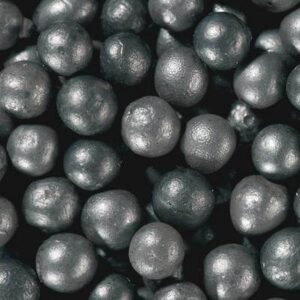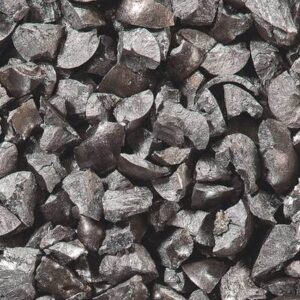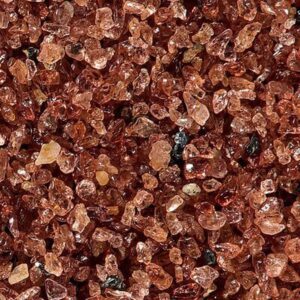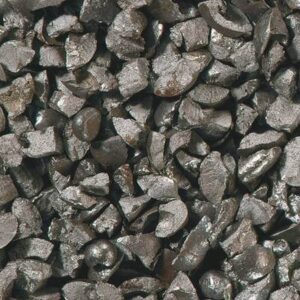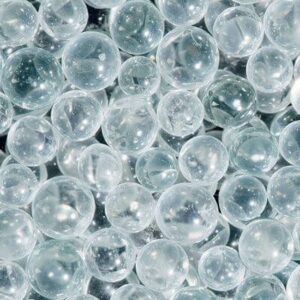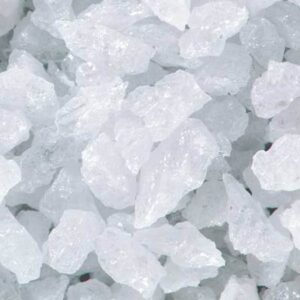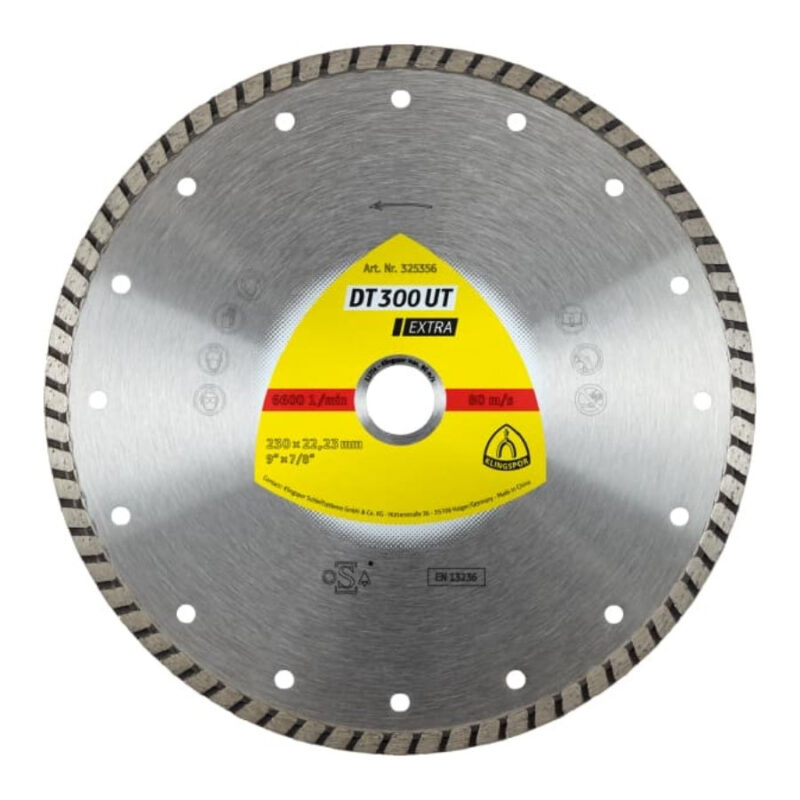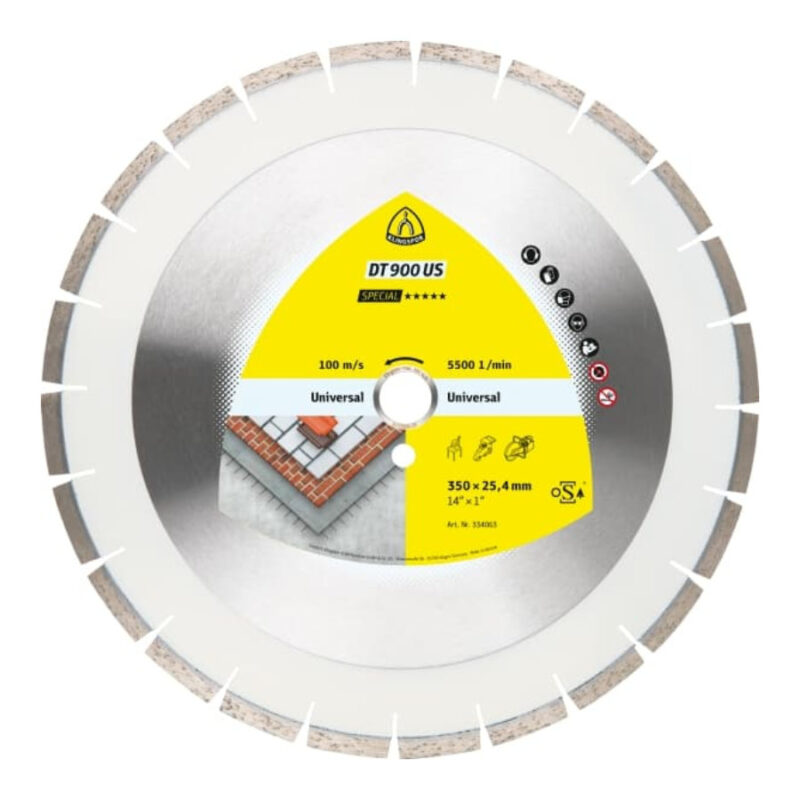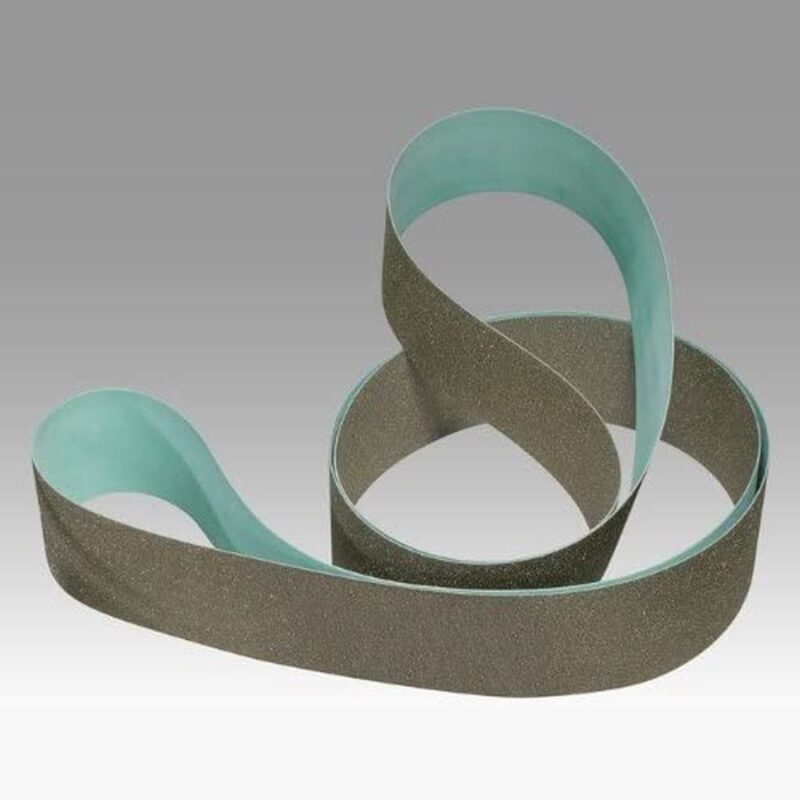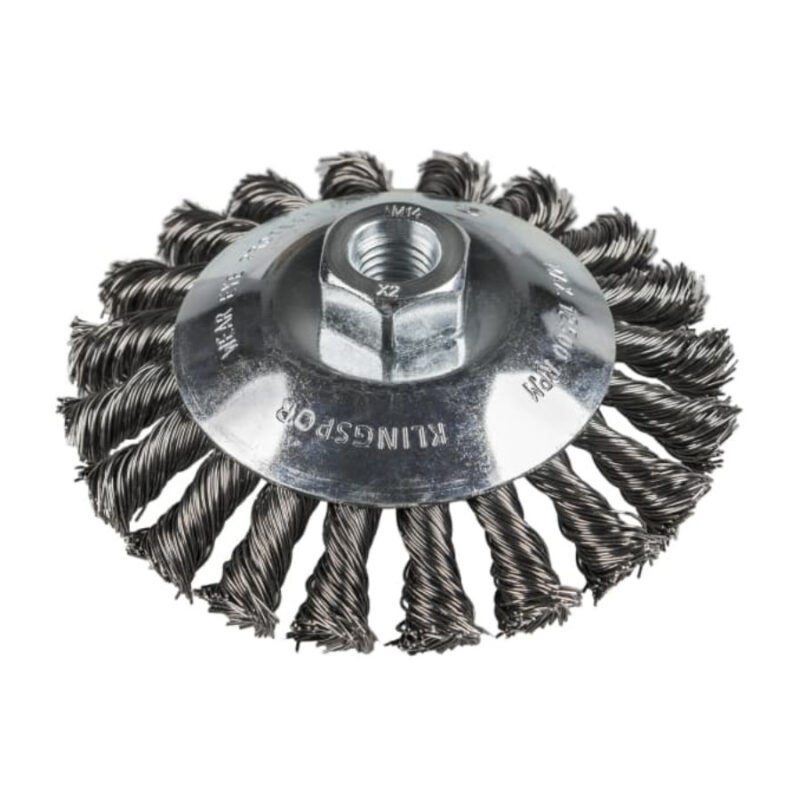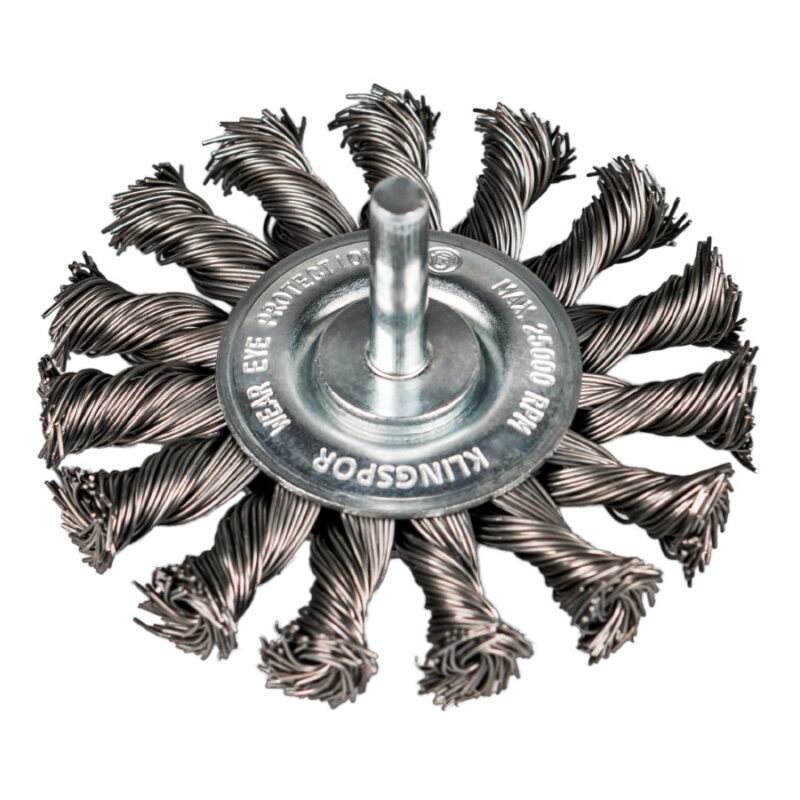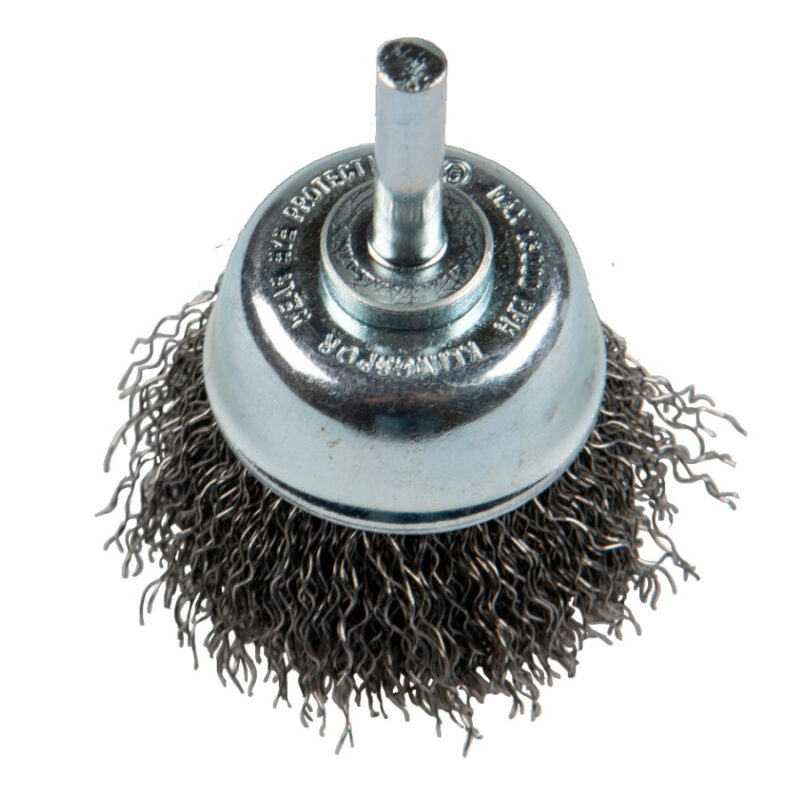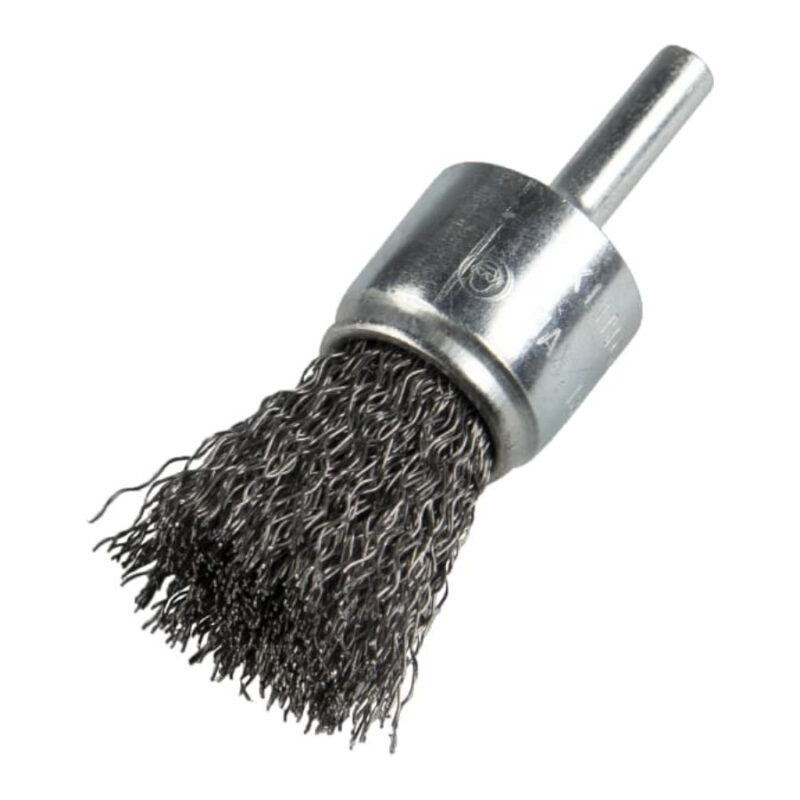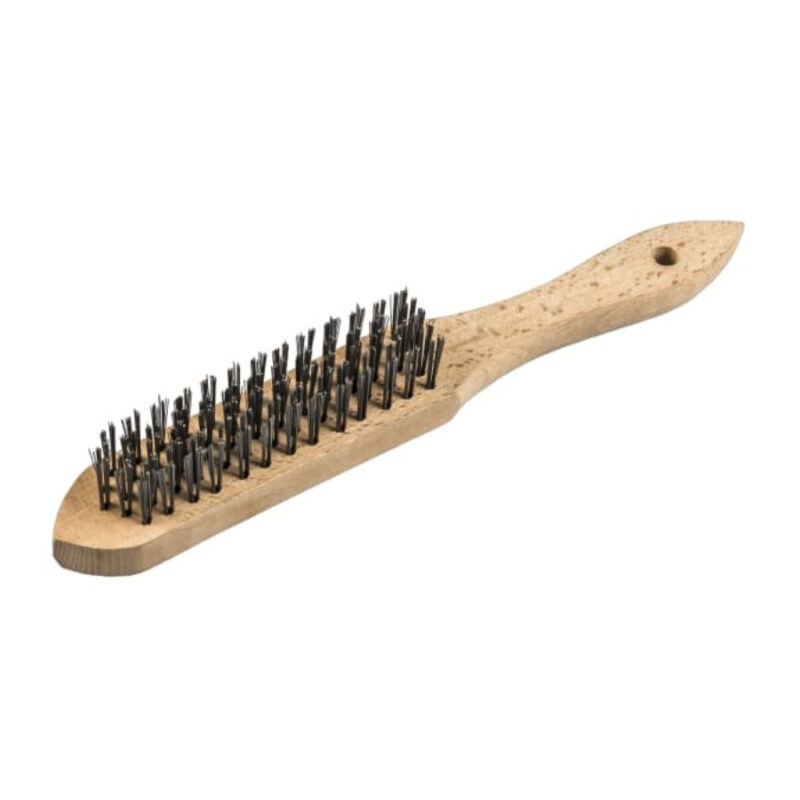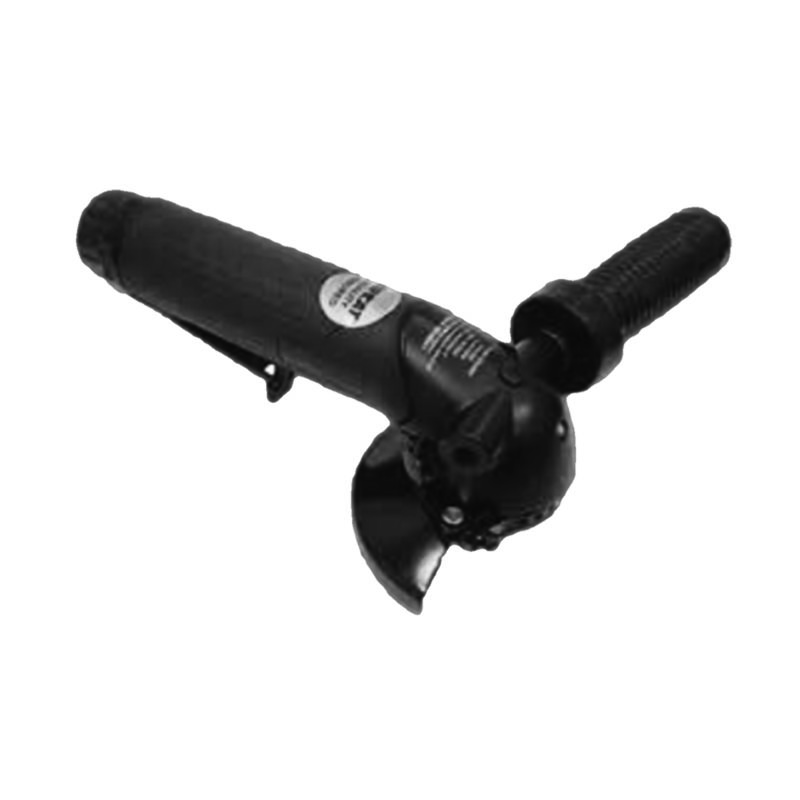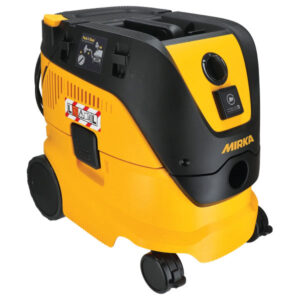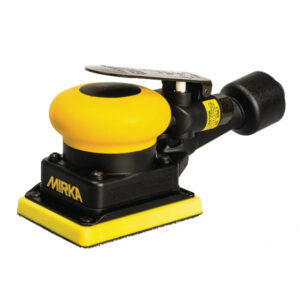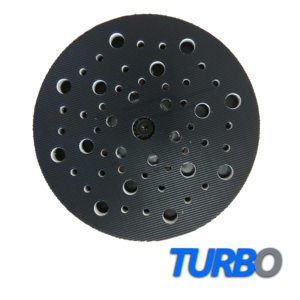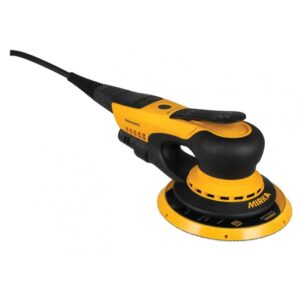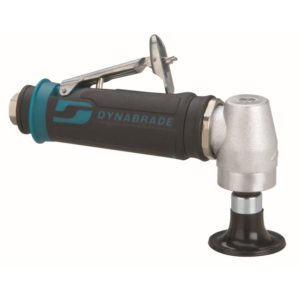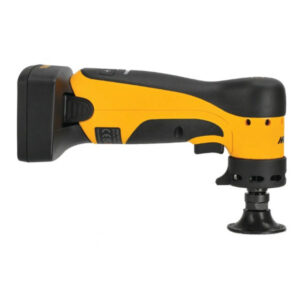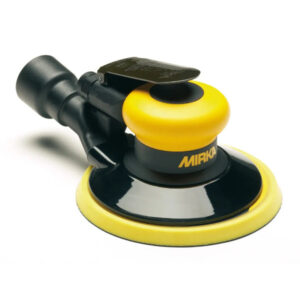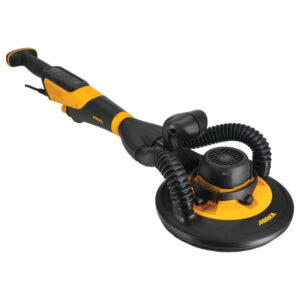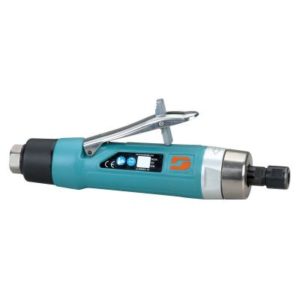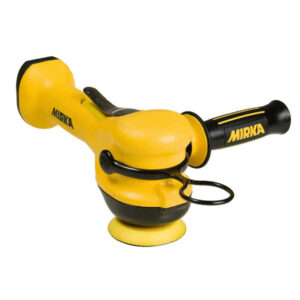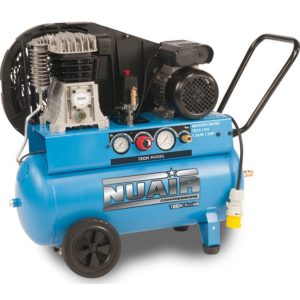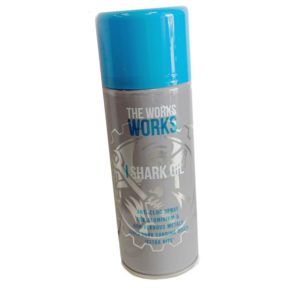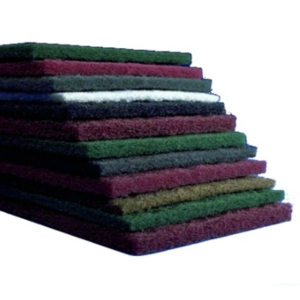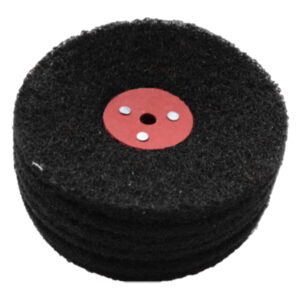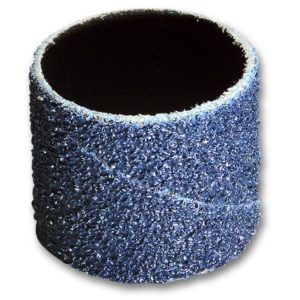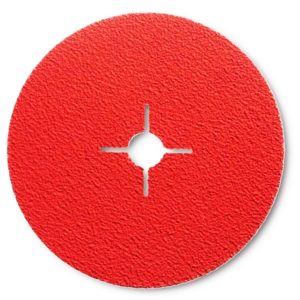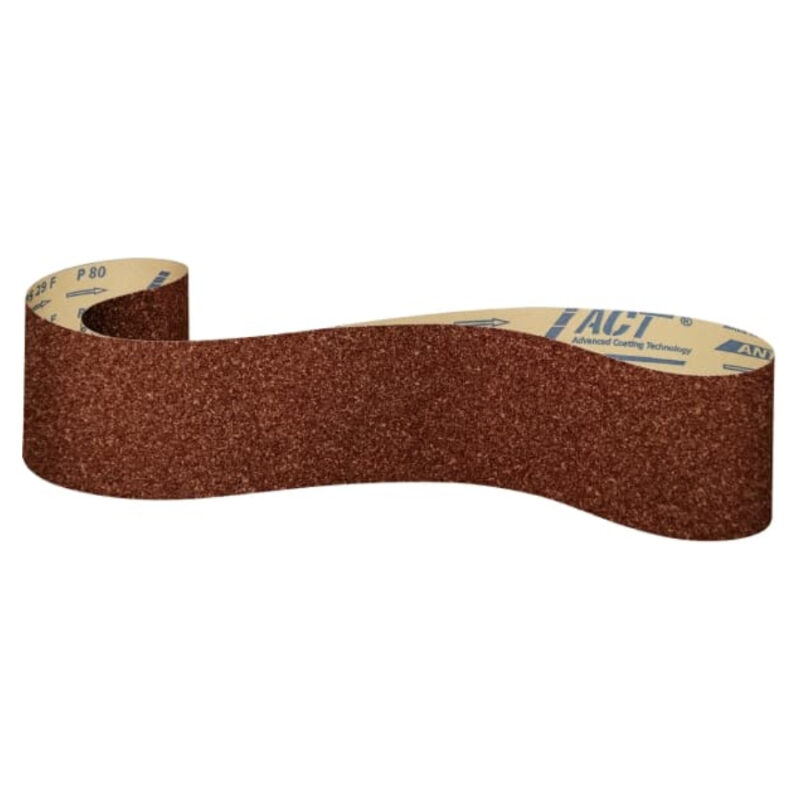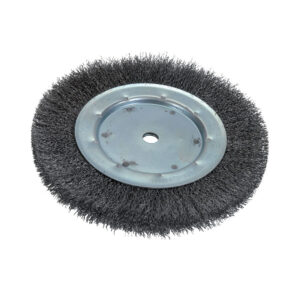Marine Surface Finishing
The marine industry encompasses a broad range of activities related to boats, ships, and offshore structures. One of the key aspects of maintaining and repairing marine vessels and structures is surface finishing. The surface finishing process involves removing old coatings, smoothing rough surfaces, and preparing surfaces for new coatings or other treatments. This process is crucial for preserving the integrity and longevity of marine structures, as well as ensuring their aesthetic appeal.
To achieve the desired surface finish, various types of abrasives are used in the marine industry. These abrasives can be categorized into several types, each with specific properties and applications.
One commonly used abrasive in the marine industry is sandpaper rolls. These are typically made of a flexible backing material, such as paper or cloth, which is coated with abrasive particles. The grit size of sandpaper can vary widely, from coarse (lower grit numbers) for aggressive material removal to fine (higher grit numbers) for final finishing. Sandpaper rolls can be used by hand or with power tools, such as sanders or grinders.
Another type of abrasive commonly used in the marine industry is abrasive discs. Abrasive discs are similar to sandpaper, but are typically designed for use with power tools. They come in various shapes and sizes, including flap discs, fibre discs, and quick-change discs. Flap discs consist of overlapping flaps of abrasive material, which conform to the shape of the workpiece for consistent and uniform material removal. Fibre discs are similar, but are made of a more rigid backing material, such as fiberglass. Quick-change discs are designed for easy attachment and removal from a backing pad, allowing for efficient use in high-production applications.
In addition to sandpaper and abrasive discs, other types of abrasives are used in the marine industry. These include wire brushes, which are used for heavy-duty cleaning and rust removal; abrasive blasting media, such as sand or grit, which are used for larger-scale surface preparation; and polishing compounds, which are used for final finishing and achieving a high-gloss surface.
One key consideration when selecting abrasives for marine surface finishing is the type of material being worked on. Different materials require different abrasives, as some may be more susceptible to damage or require a more aggressive approach. For example, aluminium may require a softer abrasive to avoid galling or scratching, while steel may require a more aggressive abrasive to remove rust and other surface contaminants.
Another consideration is the environment in which the surface finishing is taking place. Marine environments can be harsh, with exposure to saltwater, sunlight, and other elements. Abrasives used in the marine industry must be able to withstand these conditions, as well as the potential for exposure to corrosive chemicals and other substances.
In summary, the marine industry relies heavily on surface finishing to maintain the integrity and longevity of marine structures, as well as their aesthetic appeal. Abrasives play a crucial role in this process, with a range of types and applications available to suit various materials and environments. By selecting the appropriate abrasives for each application, marine professionals can achieve the desired surface finish efficiently and effectively, ensuring that marine structures remain safe, functional, and attractive for years to come.
